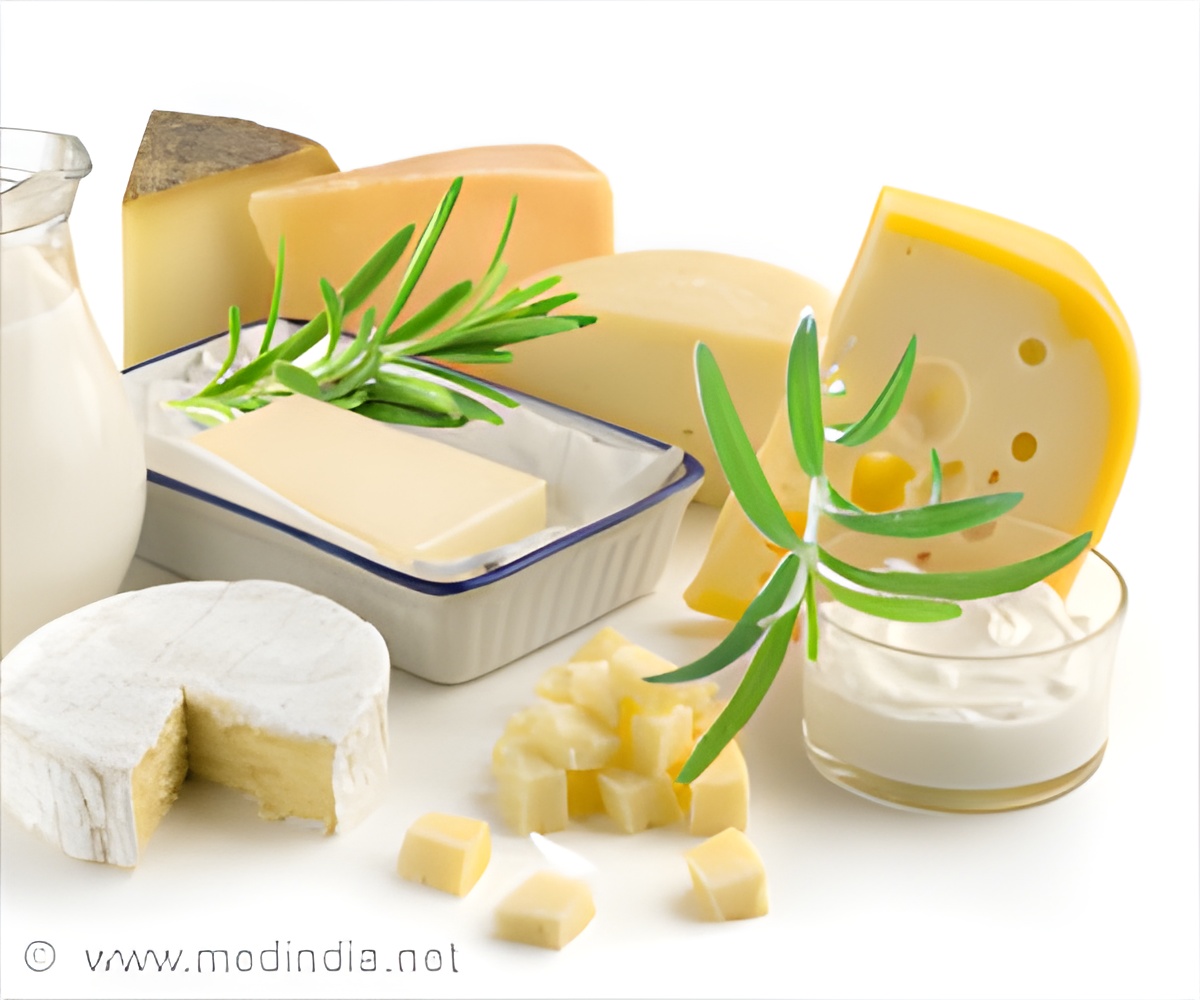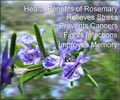Dairy products are fortified with omega-3 to boost their value but they need antioxidant supplements to maintain shelf life. Find out how natural antioxidants from rosemary can help.

Omega-3 fats are naturally present in cow’s milk and increasing this concentration is an instant solution. This is done by supplementing the diet of dairy cattle with omega-3 fats. This greatly increases the concentration of omega-3 fats in cow’s milk, while there is a simultaneous reduction in saturated fats. Cows raised on organic farms with diets of fresh grass and legumes, as opposed to grains and corn, also produce milk with a higher concentration of omega-3 fats and lower amounts of omega-6 fatty acids.
Dairy milk products are often fortified or enriched with unsaturated lipids that are known to demonstrate beneficial health effects, including the prevention of common lifestyle diseases like heart disease and cancer. In addition to omega-3 long-chain polyunsaturated fatty acids the main lipids used are conjugated linoleic acid and phytosterols.
Why Fortify Dairy Products?
The heart health benefits of omega-3 fatty acid intake have been well documented and these benefits are attributed to the anti-inflammatory and anti-clotting effects of omega-3. Studies have shown that adequate omega-3 intake can protect against atherosclerosis, reduce the incidence of irregular heartbeats.
Omega-3 intake also offered a cardio protective benefit to patients with diabetes and metabolic syndrome, both of which increase the risk of heart disease. In addition, omega-3 consumption has also been linked to a lower incidence of conditions like depression. One study among women showed that it also reduced the incidence of postpartum depression. DHA levels were also found to be higher in breast milk among mothers on omega-3 antioxidant supplements. More recent studies also suggest that increased omega-3 intake may lower the risk bone loss, some forms of cancer and neurological conditions like Alzheimer’s. Similarly conjugated linoleic acid and phytosterols are also often added to foods like dairy products because of their purported health benefits. CLA has been the subject of numerous studies for potential anti-adipogenic, anti-carcinogenic, anti-atherogenic and anti-inflammatory properties.
The problem with fortification of dairy products is related to lipid oxidation that affects such foods during processing and storage. The problem is common in functional dairy products that are fortified or enriched with unsaturated lipids and this oxidation adversely affects the taste because of the formation of unhealthy compounds and distasteful flavors. In order to maintain the quality and safety of such dairy products it is necessary to find more efficient ways of maintaining oxidative stability to preserve the integrity of original lipids. Lipid oxidation is a serious problem as it negates efforts to boost the nutritional value of the concerned dairy products. It results in loss of flavor and color, reduction in nutritional value, the development of off-flavors and the formation of compounds that can even be harmful. Researchers are therefore on the lookout for ways to prevent lipid oxidation in dairy products. A recent study may offer a novel solution.
Incorporating antioxidants into dairy products is one of the best ways to prevent or retard lipid oxidation and some methods that are commonly used include the addition of butylated hydroxyanisole (BHA), synthetic phenolic antioxidant and butylated hydroxytoluene (BHT). Natural products are always preferable to synthetic and most consumers are also more comfortable with natural products. Polyphenolic compounds or natural antioxidants would therefore be a better choice when supplementing dairy products to protect against lipid oxidation. Several natural sources have been tested and researchers in this study found that the antioxidant properties of rosemary can significantly lower the rate of lipid oxidation and hydrolysis. This natural supplement may also help to improve the shelf life of dairy products. The study sought to review past research that focused on the antioxidant and anti-inflammatory properties of rosemary that could not only have an inhibiting effect on lipid oxidation, but could also offer other health benefits such as providing some amount of pain relief and by restricting the binding of carcinogens to DNA. The study’s primary focus was on the application of rosemary extract as an additive to dairy products to increase shelf life and to preserve the nutritional value of the product.
Phenolic compounds, which naturally occur in plants, are bioactive substances that function as radical scavengers and metal chelators, and they also help to stabilize lipid oxidation. This is why such compounds came to be regarded as potential protectors against lipid oxidation. Research has shown that antioxidant presence is the one of the most efficient and effective safeguards to reduce fat oxidation. Over the years, researchers have investigated numerous types of natural antioxidants, derived from plants. These have included grape seed extracts, sage, rehmania or angelica, marjoram, wild marjoram, basil extract, ginger, aloe vera, tea catechins and rosemary extract among others. Rosemary has been the main focus in most studies because the highest concentration of phenolic substances was found in rosemary extract that is obtained from evergreen shrub’s leaves.
Rosemary’s beneficial antioxidant activity is attributed to phenolic compounds like carnosic acid, rosmanol, carnosol, epirosmanol and isorosmanol. While rosmanol has an inhibiting effect on superoxide anion production, lipid peroxidation and free radical scavenging activities, carnosic acid and carnosol can chelate iron and also scavenge peroxyl radicals. Carnosic acid has also been shown to be much more potent an antioxidant, as compared to synthetic phenolic antioxidants like BHT and BHA. Some studies also suggest that carnosol may be a powerful anti-cancer and anti-inflammatory agent.
References:
Gad, A. and Sayd, A. (2015) Antioxidant Properties of Rosemary and Its Potential Uses as Natural Antioxidant in Dairy Products—A Review. Food and Nutrition Sciences, 6, 179-193. doi:10.4236/fns.2015.61019.
Benjamin, S., & Spener, F. (2009). Conjugated linoleic acids as functional food: an insight into their health benefits. Nutrition & Metabolism, 6, 36. doi:10.1186/1743-7075-6-36
Borrás-Linares, I., Stojanovic, Z., Quirantes-Piné, R., Arráez-Román, D., Švarc-Gajic, J., Fernández-Gutiérrez, A., & Segura-Carretero, A. (2014). Rosmarinus Officinalis Leaves as a Natural Source of Bioactive Compounds. International Journal of Molecular Sciences, 15(11), 20585–20606. doi:10.3390/ijms151120585
Source-Medindia
 MEDINDIA
MEDINDIA


 Email
Email










